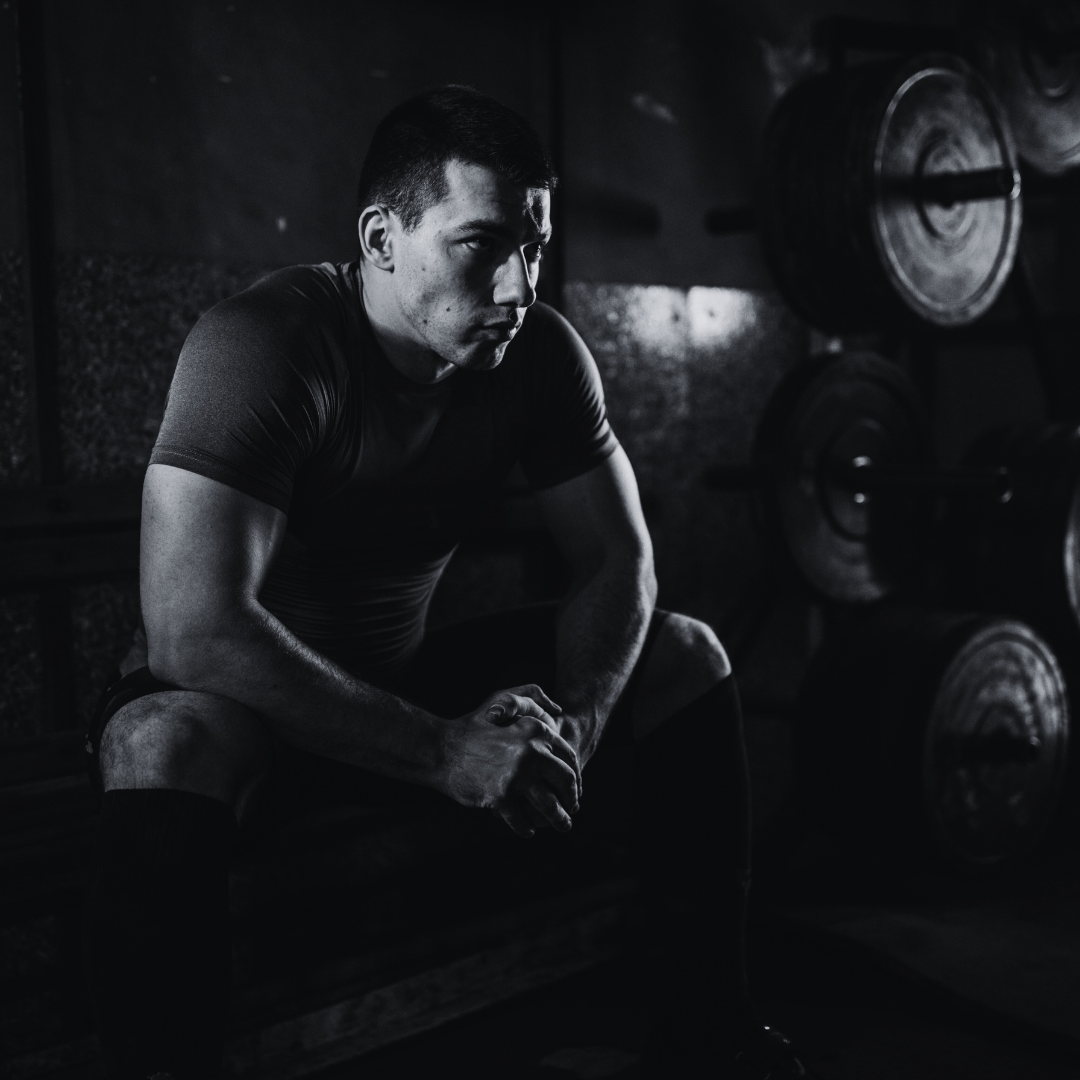Powerlifting, a sport focused on three main lifts—the squat, bench press, and deadlift—has often been surrounded by misconceptions. One of the most pervasive myths is that powerlifting is inherently bad for you. However, with proper technique, programming, and recovery, powerlifting can be a highly beneficial activity. Let's debunk some of the most common myths and highlight the benefits of this powerful sport.
Myth 1: Powerlifting Causes Severe Joint Damage
The Reality
While it's true that improper lifting techniques and excessive weights can lead to injuries, this is not unique to powerlifting. Any physical activity, if done incorrectly, can cause harm. When performed with proper form and under the guidance of a knowledgeable coach, powerlifting can actually strengthen joints and connective tissues. Regular lifting helps increase bone density and joint stability, reducing the risk of osteoporosis and joint issues in the long term.
Tips for Joint Health
- Warm-Up Properly: Ensure a thorough warm-up to prepare your joints for heavy lifting.
- Focus on Technique: Prioritize learning and maintaining proper form.
- Gradual Progression: Increase weights gradually to allow your body to adapt.
Myth 2: Powerlifting Is Only for the Young and Already Strong
The Reality
Powerlifting is a versatile sport suitable for people of all ages and fitness levels. It's not reserved for the young or naturally strong. Many beginners, including older adults, take up powerlifting and experience significant health benefits, such as improved muscle mass, enhanced mobility, and better metabolic health.
Tips for Beginners
- Start Light: Begin with lighter weights to build a solid foundation.
- Get Professional Guidance: Work with a coach to develop a personalized training plan.
- Listen to Your Body: Pay attention to your body's signals and adjust your training accordingly.
Myth 3: Powerlifting Is Bad for Your Heart
The Reality
Contrary to this myth, powerlifting can be beneficial for cardiovascular health. While it's not a substitute for aerobic exercise, powerlifting helps improve heart health by reducing body fat, lowering blood pressure, and improving cholesterol levels. Incorporating a mix of aerobic exercises, such as walking or cycling, can further enhance these benefits.
Tips for Heart Health
- Balanced Training: Combine powerlifting with regular cardio exercises.
- Monitor Your Health: Regularly check your blood pressure and heart rate.
- Stay Hydrated and Eat Well: Maintain a balanced diet and stay hydrated to support heart health.
Myth 4: Powerlifting Leads to Excessive Muscle Mass and Makes You Bulky
The Reality
Building significant muscle mass requires specific training and nutritional protocols. Powerlifting primarily focuses on strength, not size. While you will gain muscle, becoming excessively bulky is unlikely unless you intentionally follow a bodybuilding regime. Powerlifting helps create a lean, strong physique by enhancing muscle definition and overall body composition.
Tips for Lean Muscle Gain
- Focus on Strength: Prioritize strength gains over hypertrophy (muscle size) if you prefer a leaner look.
- Balanced Diet: Consume a balanced diet that supports your training goals without excessive calorie surplus.
- Regular Training: Consistency in training helps develop a balanced and strong physique.
Myth 5: Powerlifting Is Dangerous
The Reality
Any sport carries inherent risks, and powerlifting is no exception. However, with proper safety measures, the risk of injury can be minimized. The key to safe powerlifting lies in education, proper technique, and listening to your body. Many lifters enjoy long, injury-free careers by adhering to these principles.
Tips for Safe Powerlifting
- Learn Proper Form: Take the time to learn and master the correct form for each lift.
- Use Safety Equipment: Utilize belts, wrist wraps, and knee sleeves as needed.
- Rest and Recover: Ensure adequate rest and recovery to prevent overtraining injuries.
Conclusion
Powerlifting, when approached with proper knowledge and respect for the sport, offers numerous physical and mental benefits. It strengthens muscles and joints, improves cardiovascular health, and promotes a lean physique. The myths that powerlifting is inherently bad for you are unfounded. By debunking these misconceptions, we can appreciate powerlifting for what it truly is—a powerful tool for building strength, resilience, and overall well-being.
Embrace powerlifting with the right mindset, proper guidance, and a commitment to safety, and you’ll find it to be a rewarding and beneficial pursuit.
Recommended Powerlifting Accessories
Enhancing your powerlifting experience and performance can often come down to the right accessories. Here are some essential items that can help you lift safer and stronger:
Recommended lifting belt
SBD's 13mm lever belt stands out for its quality construction and innovative design. Featuring a patented gliding lever, this belt offers the adjustability of a prong belt combined with the ease and tightness of a lever belt. The sturdy 13mm thickness provides unparalleled support for your lower back during heavy lifts, ensuring optimal stability and reducing the risk of injury.
Recommended Knee Sleeves
Made from high-grade 7mm neoprene, SBD Knee Sleeves are engineered to minimize the risk of knee injuries while maximizing performance. Trusted by strength athletes around the globe, these knee sleeves offer superior support and compression, making them ideal for heavy training sessions. Whether you're squatting, lunging, or performing any other leg exercise, SBD Knee Sleeves provide the stability and warmth your knees need to perform at their best.
Recommended Lifting Straps
SBD Figure 8 Lifting Straps are a game-changer for lifters looking to push their limits without worrying about grip strength. Featuring a patent-pending design with strong aramid fibre, these lifting straps reduce strain on the biceps and forearms while providing a secure grip on the barbell.
Recommended Elbow Sleeves
For optimal elbow support and compression without sacrificing range of motion, look no further than SBD Elbow Sleeves. This design ensures maximal support for the elbow joint while allowing for natural movement during pressing exercises. Made with premium materials, these elbow sleeves provide the protection and comfort you need to train with confidence and intensity.








